Sunday Breakfast by Love For Breakfast
Pure white and blue blend perfectly to the visual perception as the sweetness on the palate.

Sunday Breakfast by Love For Breakfast
Pure white and blue blend perfectly to the visual perception as the sweetness on the palate.

A Three-step Hidden London
It’s not breaking news, we know, but how could one resist the temptation of speaking, with a pinch of pride of one’s discovering skills, of the hidden places of one of the most interesting cities in the world? Like no place else, London goes along with this game. Its amazing racial and cultural melting pot makes it a perfect home for local street markets, pubs, lovely small parks and essay cinemas that just a few lucky tourists visit. Just walking around Whitechapel, Lower Thames and Oxford St we found out three absolutely delicious places.
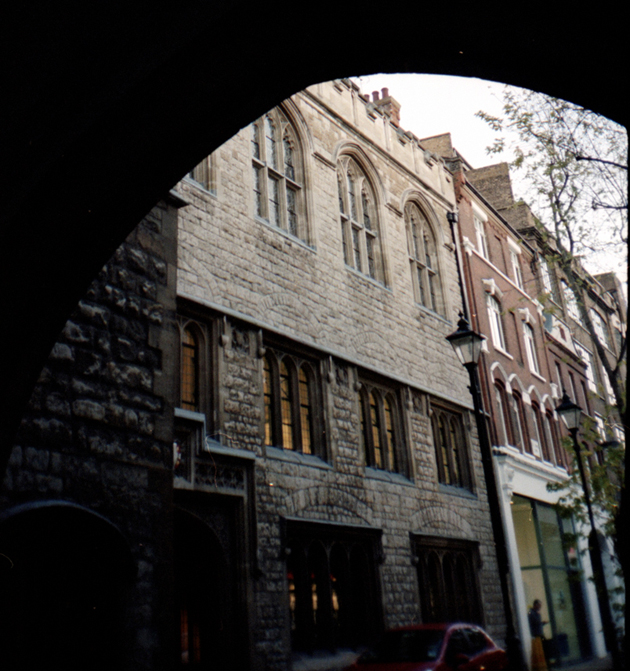
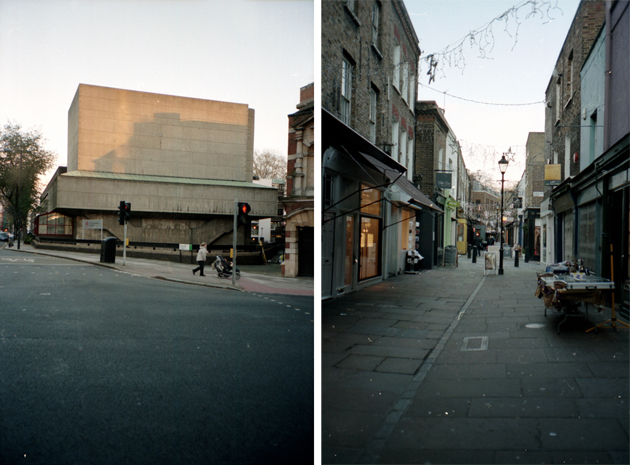
London is one of the most vintage-full cities of the world. We could give you many addresses to visit for your vintage treasure hunt, but instead we have chosen Hanbury Hall Market because, although it’s central (at 22 Brick Lane), you’ll find it cradled in the midst of small alleys that hide it from the hectic city life, especially if you arrive from Whitechapel. The market has been set up inside an old church; now, in place of candelabras and worshipers, you can find cloth hangers and hipsters looking for vintage dresses. Within, between flannel shirts and faded jeans, you’ll find a lovely café corner with patty-cakes, tea and coffee.
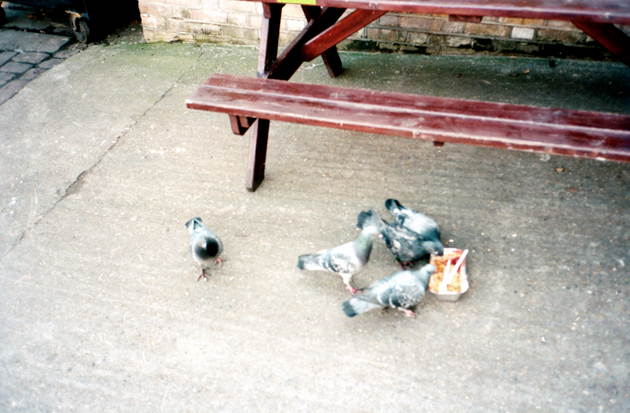
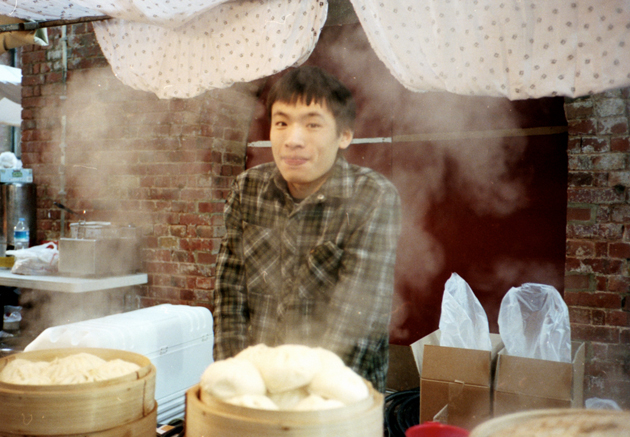
Have you ever heard about the small park of St. Dunstan in the East? You’ll reach it in a half-hour walk from Brick Lane. If you use the tube, step off on Monument; after exiting the station, find Lower Thames St, that will lead you straight to the park. When entering, it will be like finding yourself in the secret gardens that inspire the urban fantasy writers and movie directors. Between the ruins of the church, the beauty destroyed by the bombings of the II World War, it seems like being far away from the city.

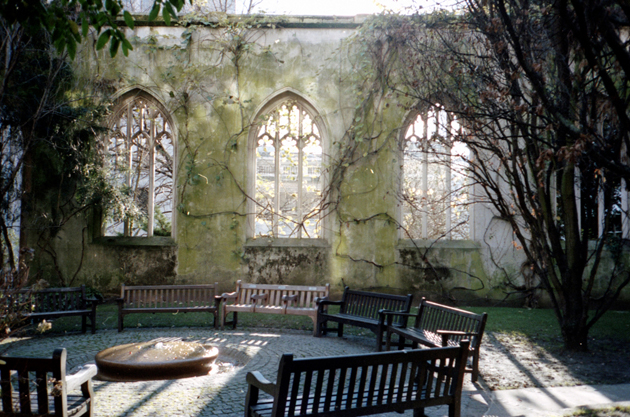
To finish our tour we couldn’t but add a pub. Bourne & Hollingsworth, 28 Rathbone Place, in the artistic neighborhood of Fitzrovia, is so tiny you could miss it if you blink while walking past. It’s a quirky basement bar with a beautiful shabby-chic styling and mouth-watering cocktails. Some of them come in chintzy tea cups with cucumber sandwiches on the side. Londoners love it, do you?
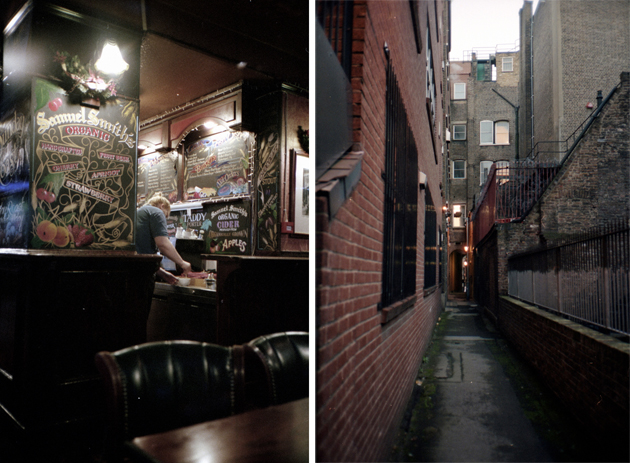
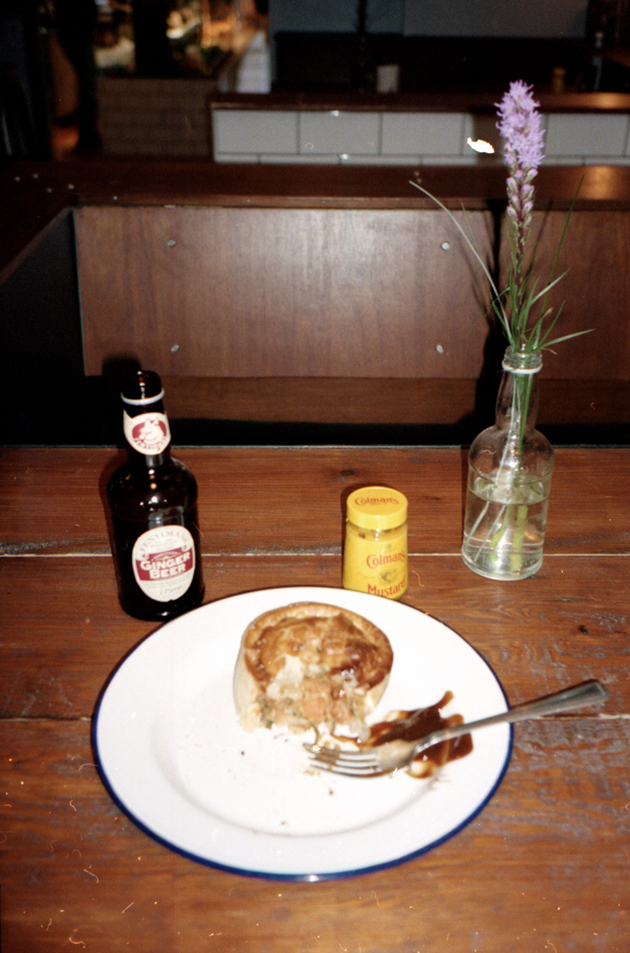
Let’s Capsule!
We often hear about partnerships between brands of the fashion industry. Deals, licenses, special collaborations that are initialed everyday. But what is a partnership? It is a consensual marriage of short duration. The reasons that lead two or more brands to join in the realization of a common creative product can be of different and depend on more than a thousand factors.

One brand is more related to sportswear and another one is closer to the luxury business. Other times one of the two has a great product but needs to modernize and improve its image. In some situations the partnership occurs simply for advertising and commercial purposes. And many others are formed to accost two companies, which until then had lived perched in their ivory towers of success. In very simplistic terms, it happens now between two fashion companies what happened not more than 60-70 years ago for some marriages of the European ruling class: a family put his prestigious title of nobility, and the other, generally belonging to the new entrepreneurial bourgeois class, the money.
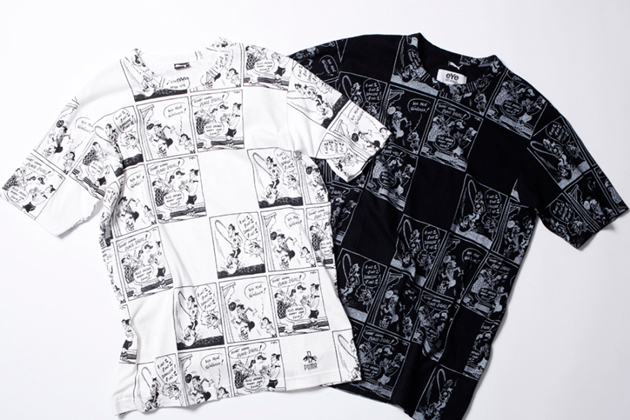
The precious fruit of these partnerships is often contained in collections not larger than ten extra exclusive pieces, called “capsule collections”. Famous examples of understanding the strategic strength of an artistic collaboration in a limited edition are for example the capsule collection created by Junya Watanabe for the capsule-crazed Comme des Garcons and Puma, or the nine models of shoes made by Yohji Yamamoto for Salvatore Ferragamo, tattoo artist Scott Campbell‘s art on Pirelli tires and on the Pzero Dainese leather and carbon jacket, or the highly limited edition of 60 Super sunglasses made together with 10 Corso Como to celebrate their success in Seoul; partnerships concluded between a big fashion brand and a designer that does not belong to the entourage of the House, a celebrity or a personality worthy of note in the contemporary art scene.
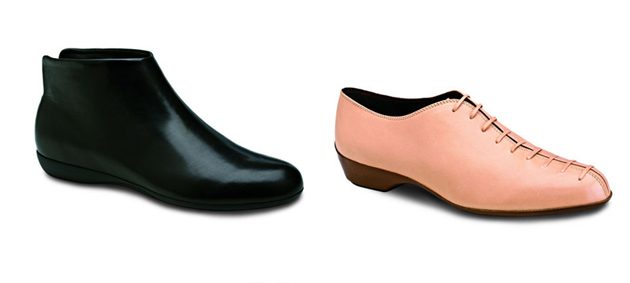
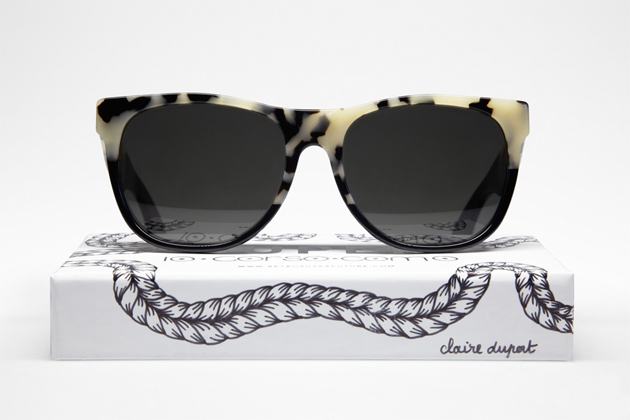
In partnerships, also happens – rarely, because otherwise it would lose value – that they occur between two brands with a creative imagination accompanied by a great history, with a very similar kind of customer type. As an example Tricker’s and Roy Roger’s, two brands that besides the possessive in the name, share long traditions of craftsmanship, success and high standards of quality and elegance of product, combining the quality and refined image of Tricker’s with the world of denim of Roy Roger’s.In this case, as in only few others, we can speak of “ad hoc” partnership, an union made like from the offspring of equally high ranked families.
Capsule collections are a way to communicate a vision, the direction where the companies intend to move forward. But also for customers is a great honor to buy the rare pieces of their favorite brands, a unique product that sum up two or more ideas as well as prestigious heritages. Secondly, the parallel markets have no interest in copying something that will not be sold on a large scale. In a period in which everything is reproducible in the time of a snap, something so special needs more attention and more resources to be spent on its realization. Hard job for counterfeiters, good sound for consumers and producers.
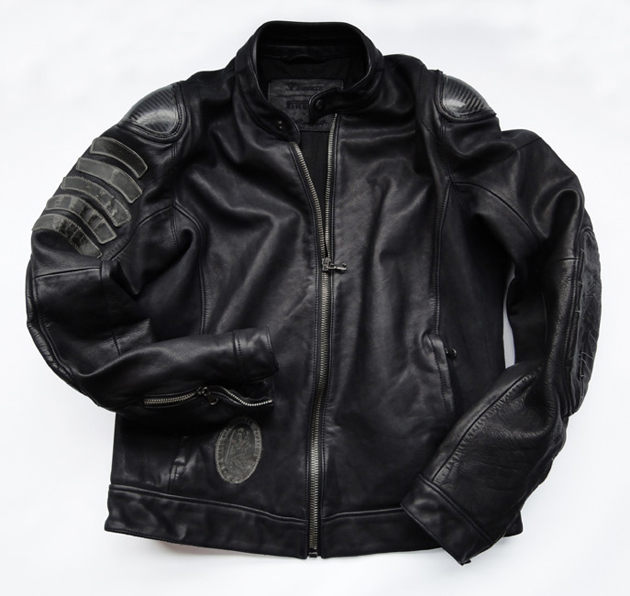
A Vintage Store With A Twist
When you think of vintage stores, a whole array of images spring to mind; charity stores with moth-ball cardigans, vintage heritage & denim specialized stores, high-end Parisian designer vintage boutiques, London’s East end favorites, and then there is Jutka & Riska.
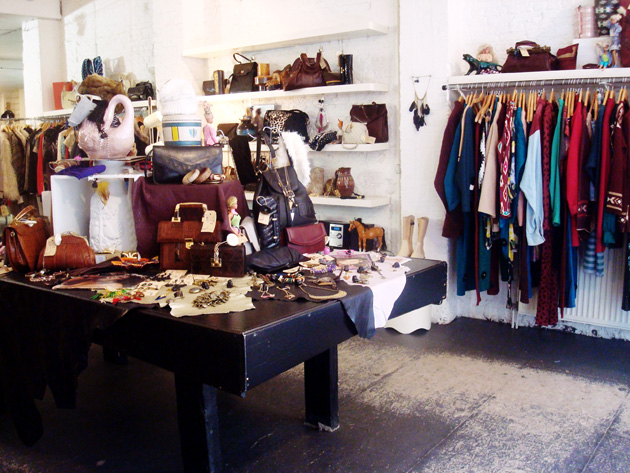
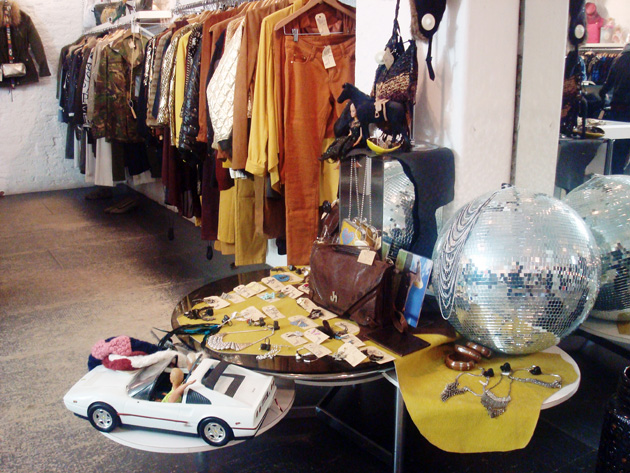
This vintage store in Antwerp seems to stand out from the rest and offers a whole new shopping experience if you’re a vintage fan. When entering the store, you have a very light, clean and well-organized store layout with beautifully merchandised collections.
An eclectic mix of vintage and own design, Jutka & Riska offers a combination of hand-picked high-end original designer pieces from Chanel, YSL, Kenzo, Escada and Mugler among others, which sit next to own design pieces which have been created by young designers.
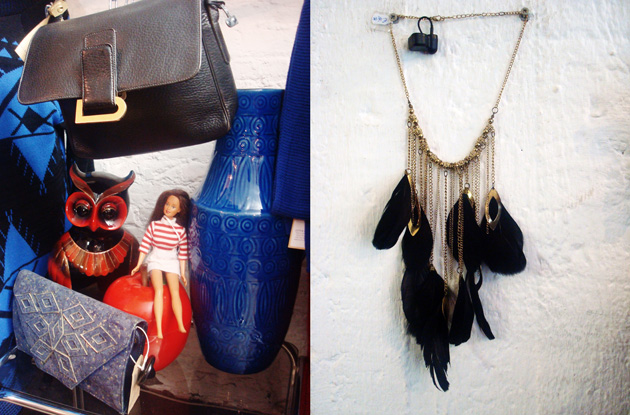
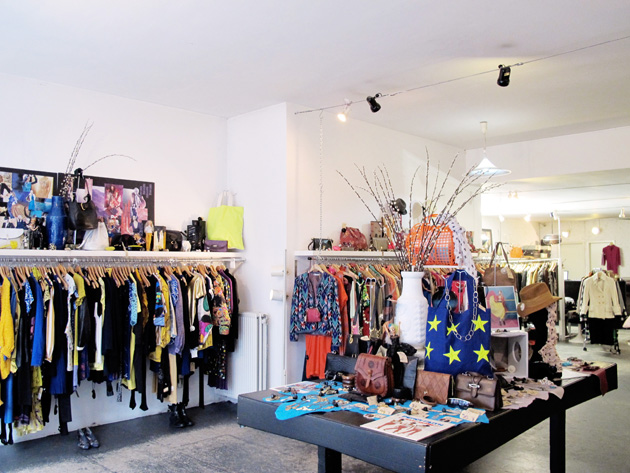
The whole feel of the store has a very strong 70s, 80s and early 90s influence. The colours, patterns and fabrics are rich and vibrant with plenty of shine and sparkle. What also makes the store stand out is that they create inspirational moods around the collections. Fun 80s memorabilia props like Barbie and Ken, 70s pottery, 80s Vogue & Glamour magazines and classic 80s LPs all evoke memories from this era. The wide range of jewellery and accessories on offer compliment the ranges, so you can create the total look.
The store is a firm favorite with stylists and designers as items can also be hired out, and the favorite address in Antwerp for Blogger Susie Bubble, it’s worth a visit if you’re in Antwerp city, if not, they also have stores in Holland; Amsterdam, Haarlem and Heemstede.
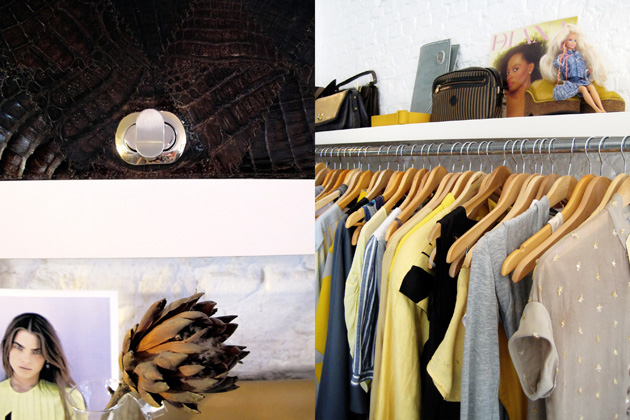
The Quiet Shop at Selfridges
We encounter them constantly, confront them, make quite a lot of our daily choices based on them, yet we usually aren’t that much aware of their existence. We are speaking about brands – those nasty, tricky appearances in our consumerist life. As much as we pretend to ignore them, they still do exist and by their sheer existence, shape our lives. Strangely enough, a clever move by one of the most influential brands itself has pointed out how subtly conscious and aware we are of them even if we constantly try living in denial.
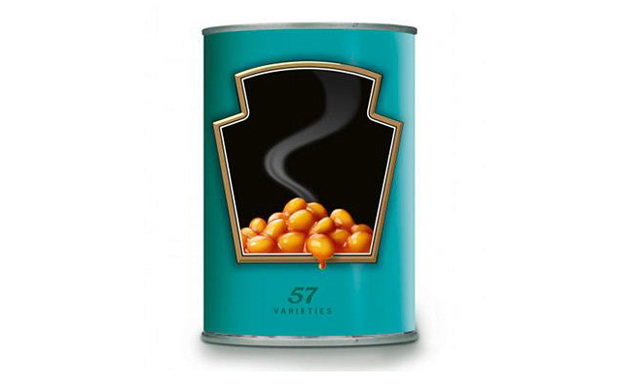
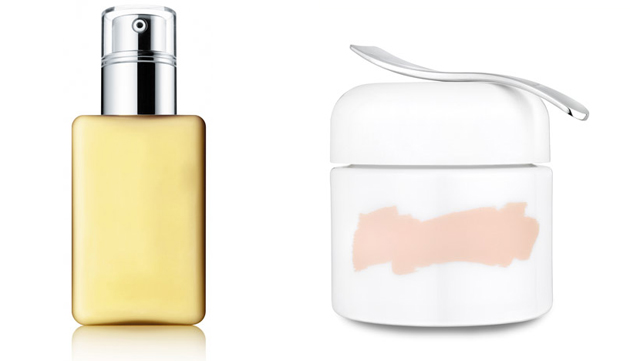
The initiative in question is called “The Quiet Shop” and was put together by Selfridges, a department store so powerful that some of the world’s most significant brands have decided to strip down their products from the thing that distinguishes them the most: the trademark itself. “The Quiet Shop” is a section of Selfridges at Oxford Street that offers an interesting shopping experience: all the products presented in the space are left without the logo or brand name on the packaging of the product itself. Interestingly, this project, born with the idea of offering a more relaxing shopping experience while focussing on the quality and design of the product itself, has somehow managed to put even more emphasis on the power these brands exert on their consumers. Hence, we have no trouble recognising Heinz ketchup, Levi’s jeans or Clinique moisturizing lotion placed on the understated shelves of this no-brand shop.
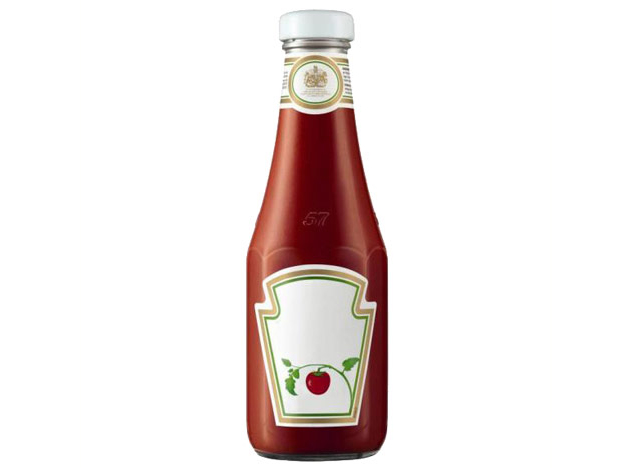

Even if the glorious years of Mad Men advertising world are undoubtedly over us, the game surely continues, and it has become even more sophisticated. As Metahaven, a graphic design studio based in the Netherlands, have pointed out a few years ago in their book “Uncorporate Identity”, advertising and brand identity can take infinite shapes, all of which contribute to the exertion of power and construction of value through design. And the only point that Selfridges actually manages to pinpoint is that no-advertising is just a new and maybe a smarter way of doing advertising.
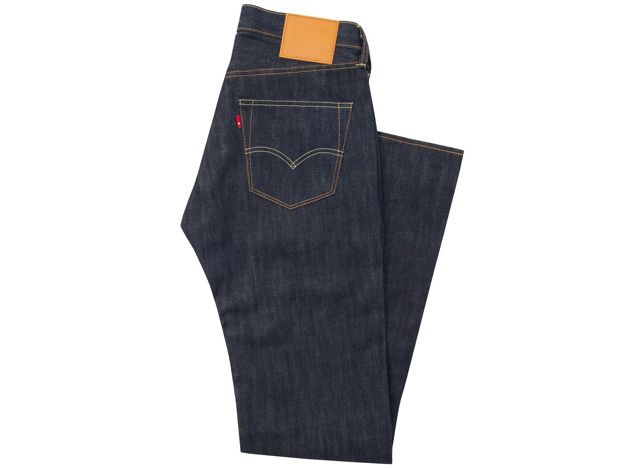
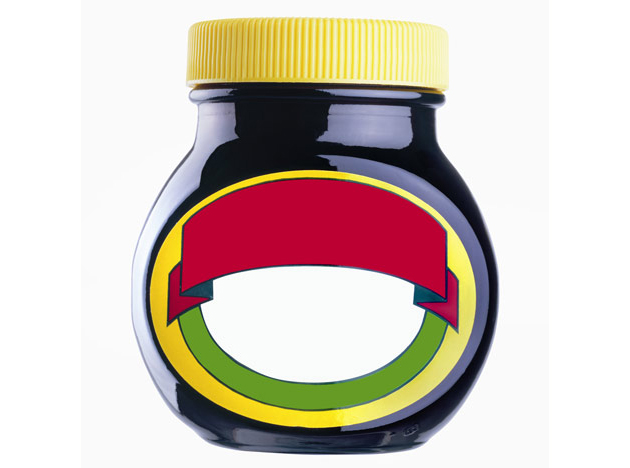
Vienna’s Shooting Girls
From the turn of the century until the outbreak of WWII, most photographers in Vienna were female and Jewish. The exhibition Vienna’s Shooting Girls makes this history visible, with works by more than 40 photographers.
The most interesting aspect of the exhibition is the way it makes tangible the strong influence that these women had on the cultural life of the city. Born out of the development of printing technology in the early 1920s, newly established illustrated fashion and lifestyle magazines created an image of the city as exuberant, sparkling and glamorous. Every aspect of social and urban life was represented: photo studios created society, artistic, actor and dance portraits as well as fashion, product, architecture, urban and landscape photography. These women produced editorials and tableaux while fan postcards rolled of the presses in endless multiples.
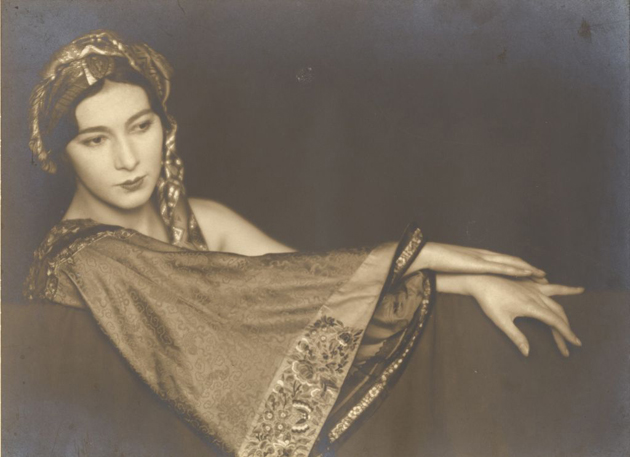
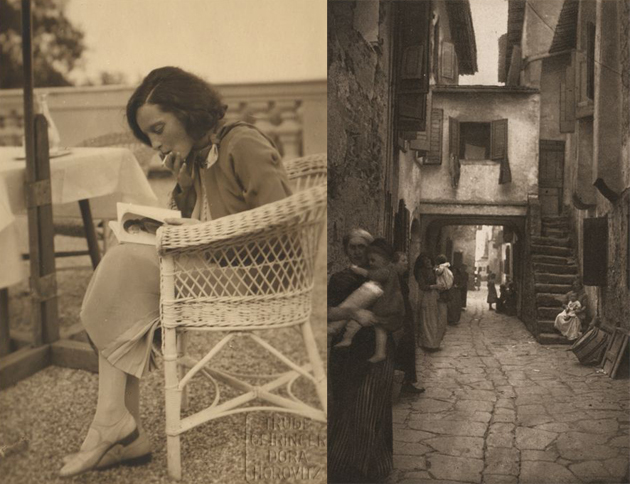
Dance photography established itself as a seperate genre. At this time the mass and flowing movements of trained dancers were a source of fascination, dancers were photographed making characteristic movements in avant garde costumes which were often created by artists. Strong poses and shadows built up a sense of physical extremity. A new sporty body image and sexual freedom bought permitted images of the body which were not necessarily seen as erotic but rather as socially liberated and natural. Both Germaine Krull and Trude Fleishmann simultaneously photographed the gymnast Cilli Pam during a training workout in Fleischmann’s atelier, using the body as an experimental field for light and plasticity.
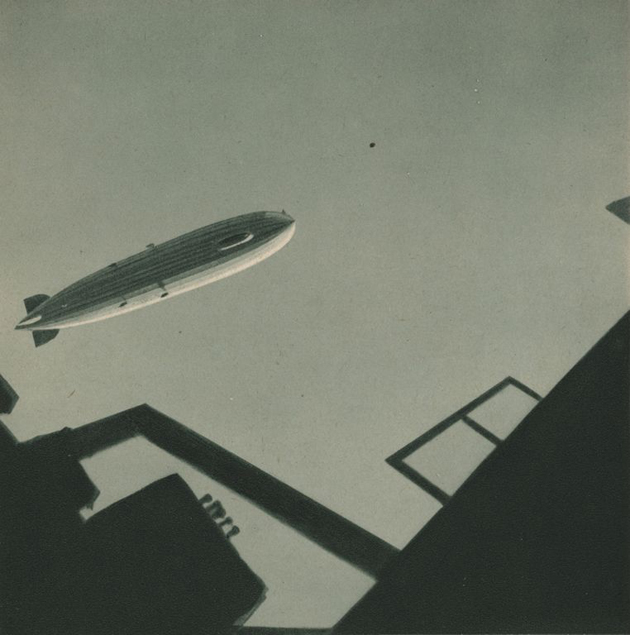
Other notable photographers included Edith Tudor Hart, Hilde Yipper-Strand and Claire Beck. The most famous however was Dora Kallmus, otherwise known as Madame d’Ora, who – using deliberate blurring and highlights in her work – created a decadent and exotic style influenced by pictorialism, which she exported with great success from Vienna to Paris.
Internationally respected, Viennese portrait and fashion photography was almost completely dominated by women, mostly born to liberal Jewish families. Good education and training were highly valued among these communities, and a career in photography was accessible to women as it did not require years of training. But it was also an urban mentality; the potential of young jewish women to build a career was eight times higher in Vienna than it was in the countryside. Establishing studios in their homes and communities, women established themselves as both artists and professionals.
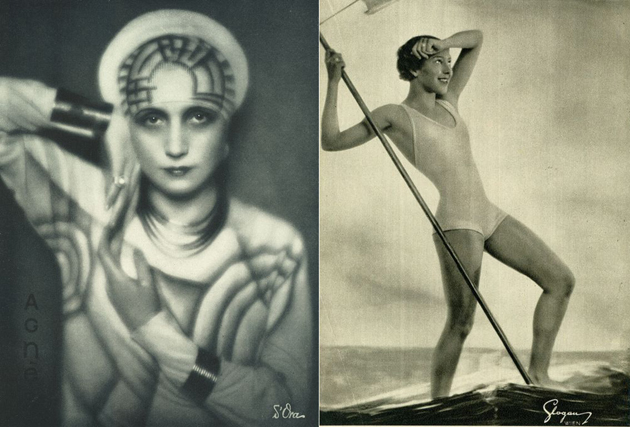
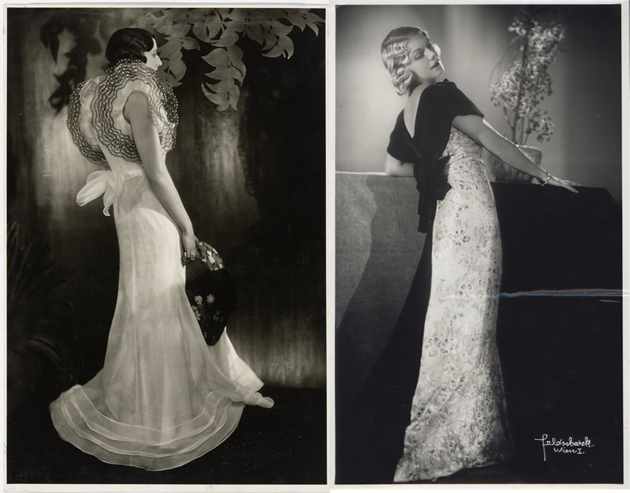
Unfortunately the wonders of this scene did not easily outlast the Anschluss. Many of the photographers died in camps, others struggled to re-establish their careers in new cities. Some continued to create social reportage or animal photography, while the glamorous Madame d’Ora followed up with a series of dead animals from the butcheries of Paris, an entirely different theme from the decadence of pre-war Vienna.
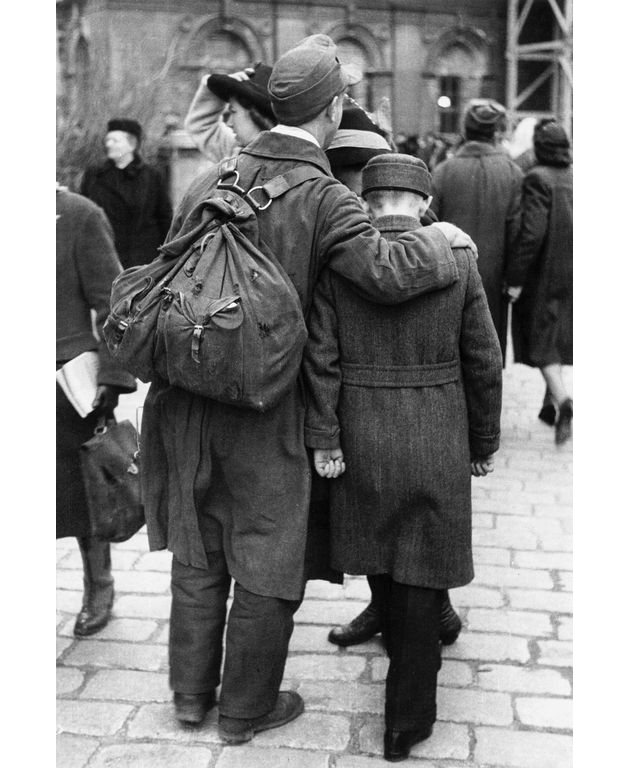
Vienna Shooting Girls is curated by Andrea Winklbauer and Iris Meder, running until the 3rd March at the Jewish Museum of Vienna in Dorotheergasse 11.
Philippa Nicole BarrDeath in Venice/Kindertotenlieder at Schaubühne
In 1912 Thomas Mann’s novella Death in Venice was first published in German as Der Tod in Venedig. 101 years and several adaptions later, director Thomas Ostermeier and dramaturge Maja Zade’s slightly more contemporary version premiered this weekend at Berlin’s Schaubühne.
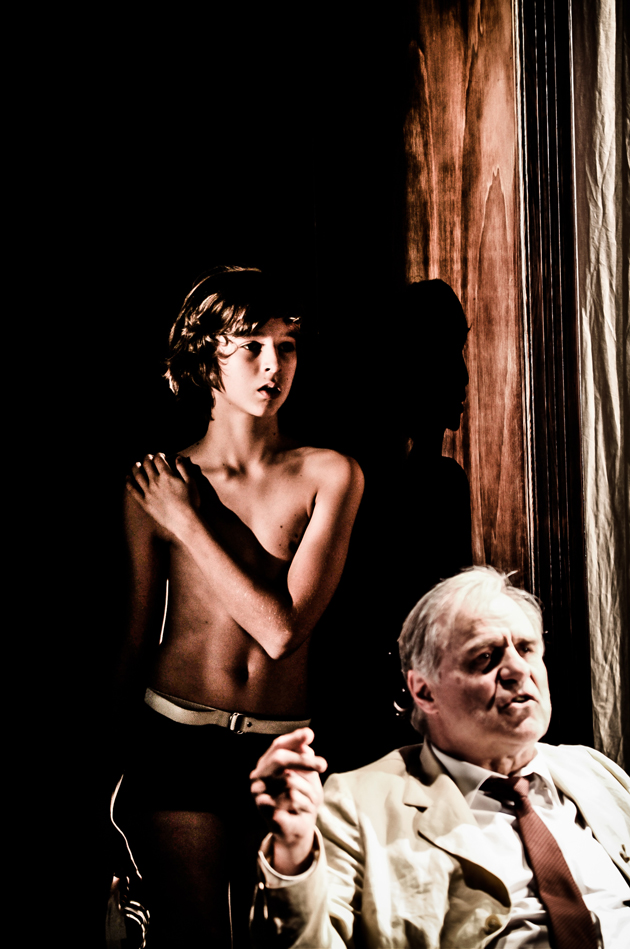
As one of the most renowned theatre houses in Europe, Schaubühne somehow always manages to transform classics into great contemporary theatre. In Ostermeier’s hands Mann’s story about the writer Gustav von Aschenbach, who during a hotel stay in Venice meets the 14-year-old boy Tadzio, becomes an experimental arrangement. A pleasantly mumbling narrator, a versatile pianist, a video artist and a whole group of actors and dancers approach the subjects of beauty, passion, obsession, youth and aging with different methods.
Gustav von Aschenbach, brilliantly played by Josef Bierbichler, sings the tragic Kindertotenlieder by Gustav Mahler (Thomas Mann’s inspiration for the character of Gustav von Aschenbach) all through the play, accompanied by talented Timo Kreuser on a grand piano. Video artist Benjamin Krieg sneaks up on the actors with his camera, live streaming the images as grainy retro film on a large screen. The result is magnifying; tiny actions like the lingering gazes between Aschenbach and Tadzio, become big screen close-ups, almost uncomfortably intimate. Young Maximilian Ostermann as Tadzio is a teenage Greek good, while Bierbechler’s gloomy posture, melancholic singing and resigned gazes become almost unbearably real to watch. Both actors are outstanding, using few words, expressions or movements, instead communicating through small means.
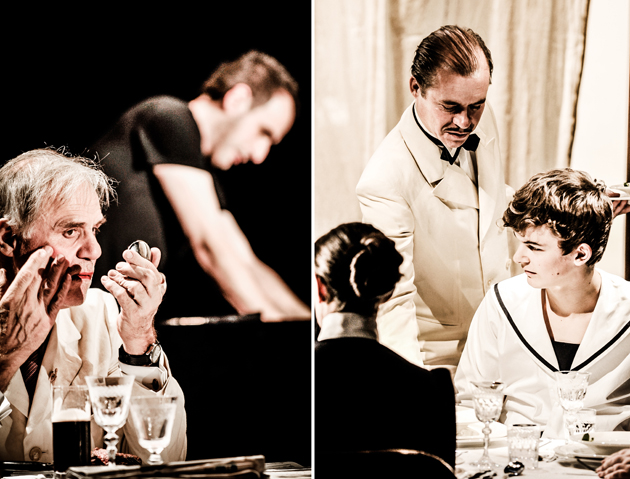
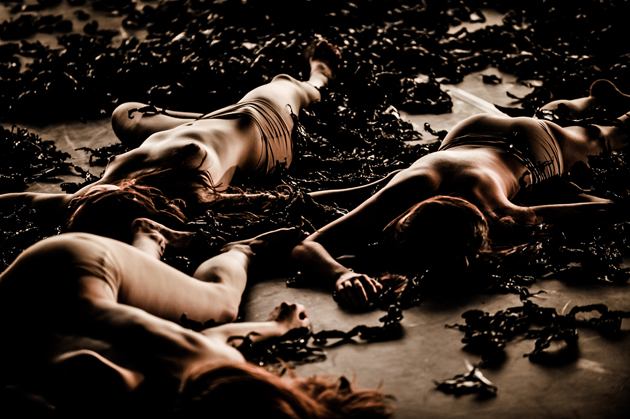
The convincing dancers Martina Borroni, Marcela Giesche and Rosabel Huguet play Tadzio’s sisters; a whirlwind of sailor dresses childishly arguing at the beach, only to be conservatively buttoned up at the dinner table a few moments later. Towards the ending a black, giant ash confetti covers the stage, while the three dancers are let loose in a wild choreography, shoveling the black dust with their bare skin and long hair. It is a strong and strikingly beautiful image of deadly obsession, erotic passion, physicality and transience. A worthy final of a controversial story and a brave piece, 101 years later.
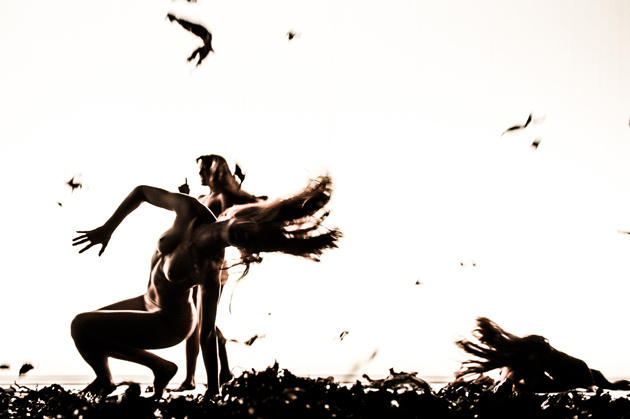
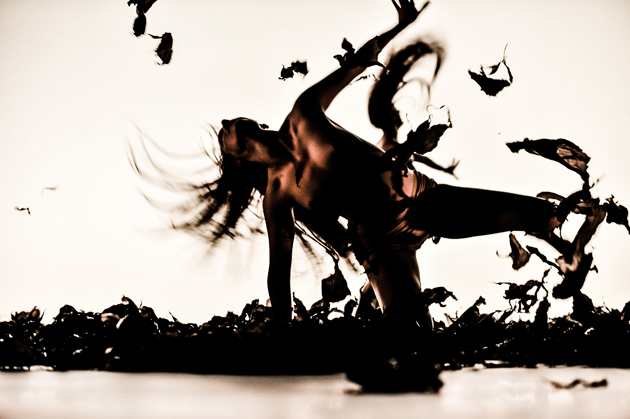
Death in Venice/Kindertotenlieder is performed at Schaübuhne 14-15th January and 23rd-24th February 2013.
Helena Nilsson Strängberg – Images Arno DeclairFrancis Alÿs | REEL-UNREEL
It was more than one year ago since we first met Francis Alÿs’ work. We were at Kirschgarten Haus in Basel and the Belgian artist (b. 1959 Antwerp) – who moved to Mexico City in 1986 where he chose to become a visual artist – dressed the part of collector and art curator showing his unusual, fetishist, somehow obsessive, but absolutely unique and amazing collection of amateur and professional reproductions of Jean-Jacques Henner’s 1885 portrait of Saint Fabiola.

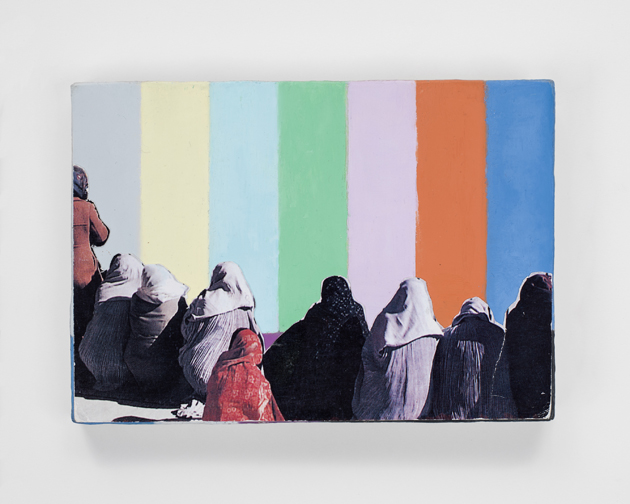
After travelling around the world with the retrospective Francis Alÿs: A Story of Deception, which was displayed at Tate Modern in London, Wiels Centre d’Art Contemporain in Brussels, The Museum of Modern Art in New York, and MoMA PS1 in Long Island City, New York; and after been featured at dOCUMENTA 13, the works by the international artist are now on view at David Zwirner Gallery in New York with his solo show REEL-UNREEL (title from the video of the same name presented in Kassel).
Francis Alÿs’ projects come from his daily observations of events and situations taken from the street. Using different media – photograph, video, installation, drawing and painting – the versatile artist depicts the surrounding reality in different perspectives, sometimes apparently insignificant, but always connected with economic, political and social issues emerging in urban dimensions and analysed with a personal and poetic approach. Through the repetition of ordinary actions, such as children’s games (to which he dedicated a long series of movie), the artist focuses on anthropological themes related to immigration, urban development, modernisation and cultural preservation, conformism and human failures.
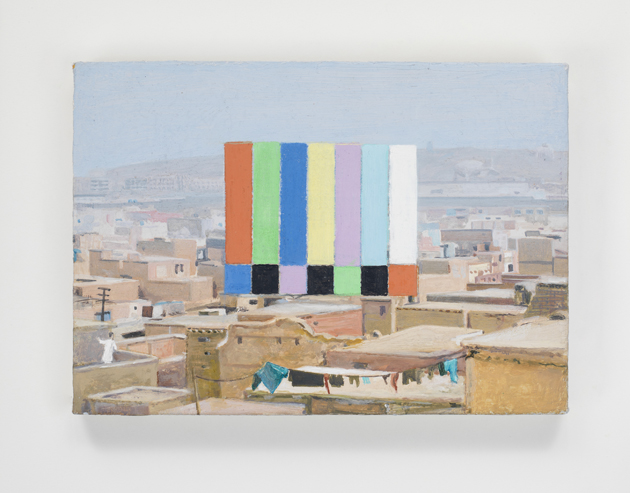
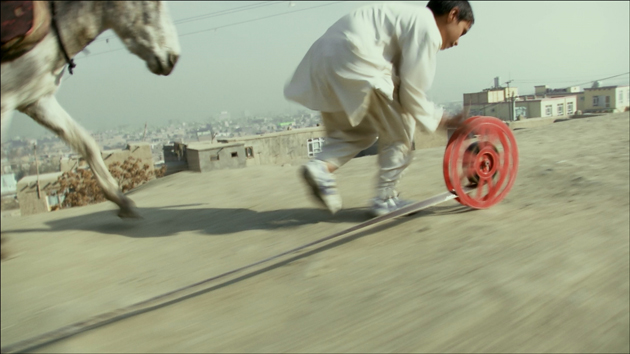
In REEL-UNREEL, Kabul, Afghanistan (2011), the twenty-minute video created in collaboration with Julien Devaux and Ajmal Maiwandi, Alÿs shows two Afghan children, who keep a film reel – instead of the classical hoop – in continuous motion from the hills, through the old city and the downtown market area of Kabul to the opposite hills, one boy running and unwinding the strip of film, while the other follows him, rewinding it. The game repeatedly goes on until the film turns up in a small fire on the street that breaks it and the reel falls over a cliff, which overlooks the city. The movie, giving a symbolic value to small and simple gestures, refers to the Kabuli fire of 5th September 2001, when Taliban set fire to the Afghan reel archive and it has mostly to do with the lack of respect for heritage and cultural places, which needs to be preserved.
The exhibition presents also a series of canvases of colour bars, painted during the preparation of the video in Afghanistan, which are characterised by bright strips reminding TV test patterns that cover part of the represented daily scenes and help the artist to take some distance from that heavy experience. “I needed to step out of it (…) I cannot paint violence” said the artist, who constantly turns his attention to contexts in which he is both stranger and active player.
REEL-UNREEL show will run at David Zwirner’s 525 West 19th Street spaces in New York until 9th February 2013. Many thanks to the gallery staff for its availability and kindness.
Monica LombardiSunday Breakfast by Love For Breakfast
As children we learn that we are not allowed to play with food. As adults we forget about that.
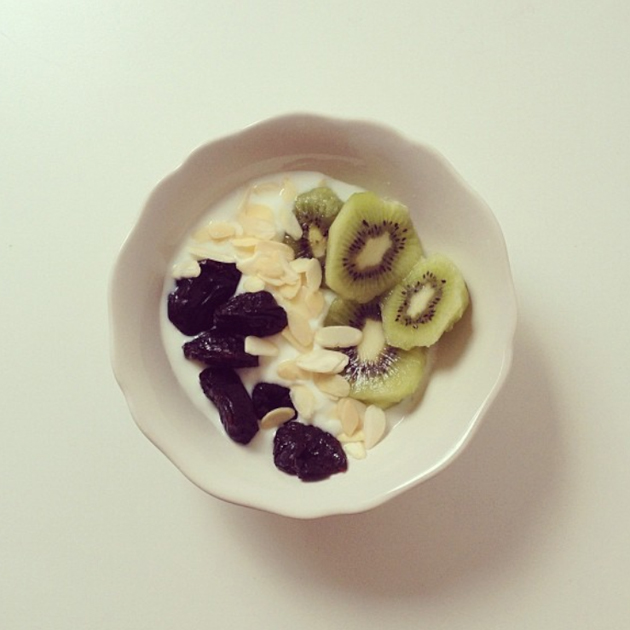
Rem Koolhaas For Venice Architecture Biennale
The rumours had it for quite some time now that Rem Koolhaas would have been appointed as the director of the next Venice Architecture Biennale, to be held in 2014. Well, finally, Paolo Baratta, the Biennale’s president has confirmed it. On a press conference this Tuesday he finally announced that this architecture superstar will be, hopefully, taking one of the most important events in contemporary architecture somewhere really interesting.
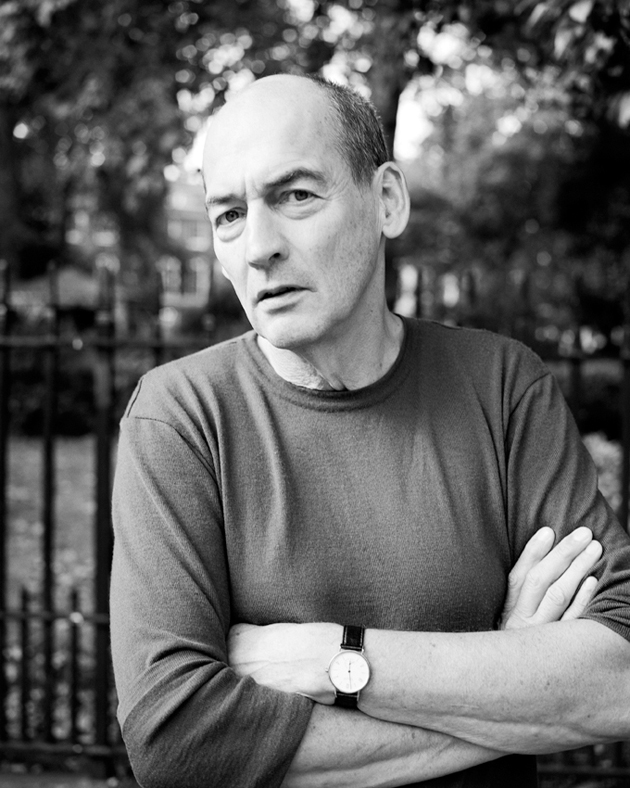
While everyone is copy-pasting the press release that announces Koolhaas saying “We want to take a fresh look at the fundamental elements of architecture – used by any architect, anywhere, anytime – to see if we can discover something new about architecture.”, we cannot but dive in the work he has done in more than 40 years of his practice, and imagine what he might surprise us with.
Rem Koolhaas became widely known, and critically acclaimed, with his book “Delirious New York”, which traced his future path in considering architecture as a means of critical reflection not only on design as a profession, but also on the society as a whole. Hence, besides his architectural practice OMA (founded in 1975 together with architects Elia Zenghelis, Zoe Zenghelis and Madelon Vriesendorp in London), he also opened AMO, an off-spin of his studio involved in research and investigation. Published works like S, M, L, XL or “Project on the City” have clearly countersigned Koolhaas as one of the most influential thinkers of our century.
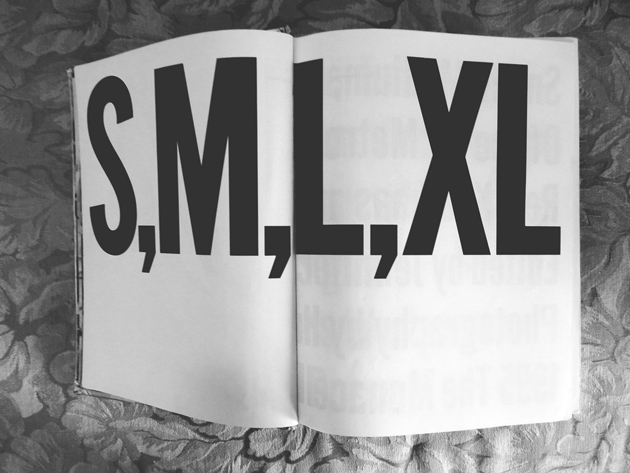
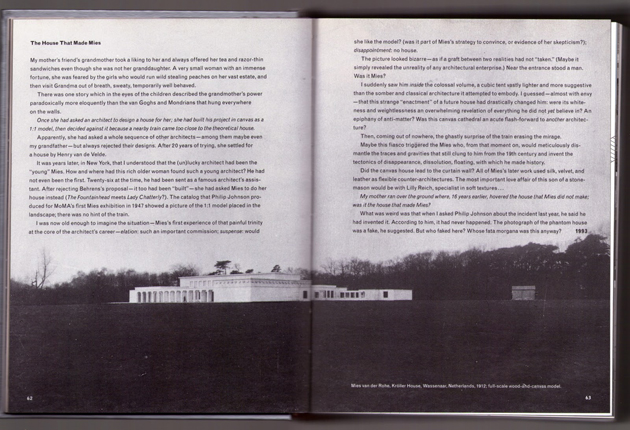
That is why after Sejima’s inspiring but yet a bit cryptic Biennale in 2010 and Chipperfield’s 2012 Biennale dealing almost exclusively with architecture as professional practice, next year’s edition might actually manage to connect different areas of our society that intersect in architecture. Hopefully it will manage to bring the Biennale to a new level, out of the grasp of professional practitioners, theorists and critics, offering to the wider public the possibility to understand why and how architecture impacts our lives.
Rujana Rebernjak